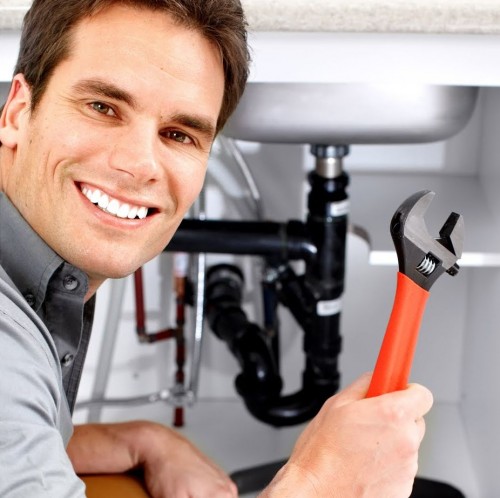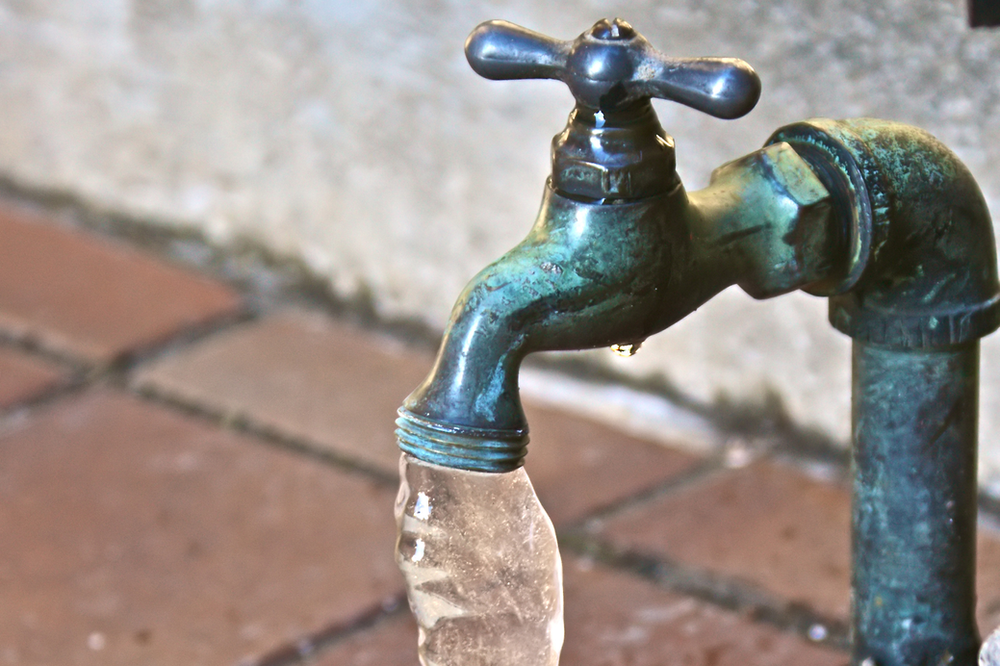Comprehending the Foundations of Home Plumbing: A Beginner's Primer
BookJust about every person will have his or her own assumption involving Understanding the Basics of Your Home's Plumbing System.

Plumbing is a vital aspect of any kind of home, responsible for providing tidy water for drinking, food preparation, and showering, along with removing wastewater safely. Recognizing the basics of home plumbing is important for every homeowner to make sure proper upkeep, troubleshooting, and, if needed, repair work. In this beginner's overview, we'll cover the essential ideas of home plumbing to help you come to be a lot more aware of exactly how it works.
Water Supply System
The water system brings tidy water into your home from a municipal water resource or a private well. It contains a main water line that attaches to your home's plumbing system, normally located underground. A water meter gauges the quantity of water eaten, while a shut-off valve allows you to manage the circulation of water into your home.
Plumbing Components
Plumbing fixtures are tools that deliver water to numerous parts of your home and include sinks, taps, toilets, showers, tubs, and devices such as dishwashing machines and cleaning machines. Each fixture is attached to the water system using pipes and fittings and may have its shut-off valve for maintenance or emergencies.
Water Furnace
The water furnace is accountable for home heating water for domestic use, consisting of showering, cooking, and cleaning. Usual sorts of water heaters include tank-type hot water heater, tankless (on-demand) hot water heater, and heat pump water heaters. The hot water heater is attached to the water supply system and provides hot water to plumbing components as needed.
Drain System
The water drainage system gets rid of wastewater from your home and carries it away to a sewer therapy facility or septic system. It consists of a network of pipelines, installations, and fixtures that move wastewater from plumbing fixtures to the major sewage system line or septic tank. Appropriate drain is essential to avoid blockages, backups, and sewer leakages.
Air flow System
The air flow system aids keep correct atmospheric pressure and protect against sewer gases from entering your home. Vent pipes, also known as vent stacks, expand from plumbing components to the roof, allowing sewer gases to escape safely outdoors. Air flow pipelines additionally enable air to go into the drain system, helping with smooth wastewater flow and avoiding suction or vacuum effects.
Common Plumbing Devices
Having the right devices available is vital for carrying out fundamental plumbing repair work and maintenance jobs. Usual plumbing tools include flexible wrenches, pipe wrenches, pliers, pipe cutters, hacksaws, bettors, augers (or drainpipe snakes), and Teflon tape. Having these tools readily offered can assist you tackle small plumbing problems efficiently.
Standard Plumbing Fixings
While some plumbing repair services may require specialist support, numerous typical issues can be addressed with standard DIY strategies. Understanding exactly how to fix a dripping faucet, unblock a drain, change a bathroom flapper, or fix a leaking showerhead can save you money and time on plumbing repair work.
Verdict
Comprehending the essentials of home plumbing is vital for every home owner to preserve a secure, practical, and reliable plumbing system. By familiarizing on your own with the supply of water system, plumbing components, water drainage system, air flow system, typical plumbing tools, and fundamental repairs, you can confidently resolve small plumbing problems and guarantee your home's plumbing system operates smoothly.
Plumbing for Beginners: A Comprehensive Guide
If you’re a beginner when it comes to plumbing, don’t worry; you’re not alone. Plumbing may seem intimidating, but with the right knowledge and a little practice, you can handle many common plumbing issues on your own. In this comprehensive guide, we will demystify the world of plumbing for beginners, providing you with the basic knowledge and skills needed to tackle common plumbing problems and even take on some DIY plumbing projects.
The Importance of Basic Plumbing Knowledge for Beginners:
First and foremost, basic plumbing knowledge gives you a solid foundation. It helps you grasp the key concepts and terminology that are essential in this field. By learning the basics, you’ll be able to build upon that knowledge and tackle more complex plumbing tasks in the future.
Having a basic understanding of plumbing also enables you to handle common issues that may arise in your home. Picture this: a leaky faucet or a clogged drain. With some basic plumbing knowledge, you’ll have the confidence to troubleshoot and fix these problems on your own. It saves you from unnecessary expenses and the hassle of waiting for a professional to arrive.
As a beginner, learning the basics of plumbing empowers you to take care of your own home. It gives you a sense of independence and self-reliance. You’ll no longer have to rely solely on professionals for every small issue that pops up. Instead, you can handle many tasks yourself, saving time and money in the process.
Remember, everyone starts as a beginner. Embrace the learning process and take small steps to expand your plumbing knowledge. There are plenty of online resources, tutorials, and even local workshops that talk about plumbing for beginners.
Essential Tools for Plumbing for Beginners
As you start your plumbing journey, having the right tools in your toolbox is crucial. Let’s explore some of the must-have tools:
Adjustable Wrench:
This versatile tool is a staple in any plumber’s toolbox. It allows you to tighten or loosen nuts and bolts of various sizes. Make sure to have an adjustable wrench with a comfortable grip.
Pipe Wrench:
A pipe wrench is specifically designed for gripping and turning pipes. It has serrated jaws that provide a strong grip, making it easier to loosen or tighten threaded pipes and fittings.
Plunger:
The plunger is a simple yet effective tool for clearing clogged drains and toilets. It creates suction when you push and pull, helping to dislodge blockages. Keep a good-quality plunger handy for those unexpected clogs.
Pipe Cutter:
When it comes to cutting pipes, a pipe cutter is your go-to tool. It creates clean, precise cuts without damaging the pipe. Look for a pipe cutter that can handle the pipe sizes you’re working with.
Hacksaw:
A hacksaw is useful for cutting through pipes, screws, and other materials. It’s a versatile tool that can handle different cutting tasks. Remember to use a blade suitable for cutting metal.
Tape Measure:
Accurate measurements are crucial in plumbing. A tape measure allows you to measure pipe lengths, distances, and dimensions accurately. Opt for a sturdy tape measure that extends a good length.
Pliers:
Pliers come in handy for various tasks, such as gripping, bending, and cutting. Slip-joint pliers with adjustable jaws are great for gripping pipes, nuts, and bolts.

I was made aware of that editorial about What to Know About Plumbing: Basics, Tips, and Insights from a good friend on a different web page. Sharing is caring. You just don't know, you may be doing someone a favor. Thanks a lot for taking the time to read it.
Try Here